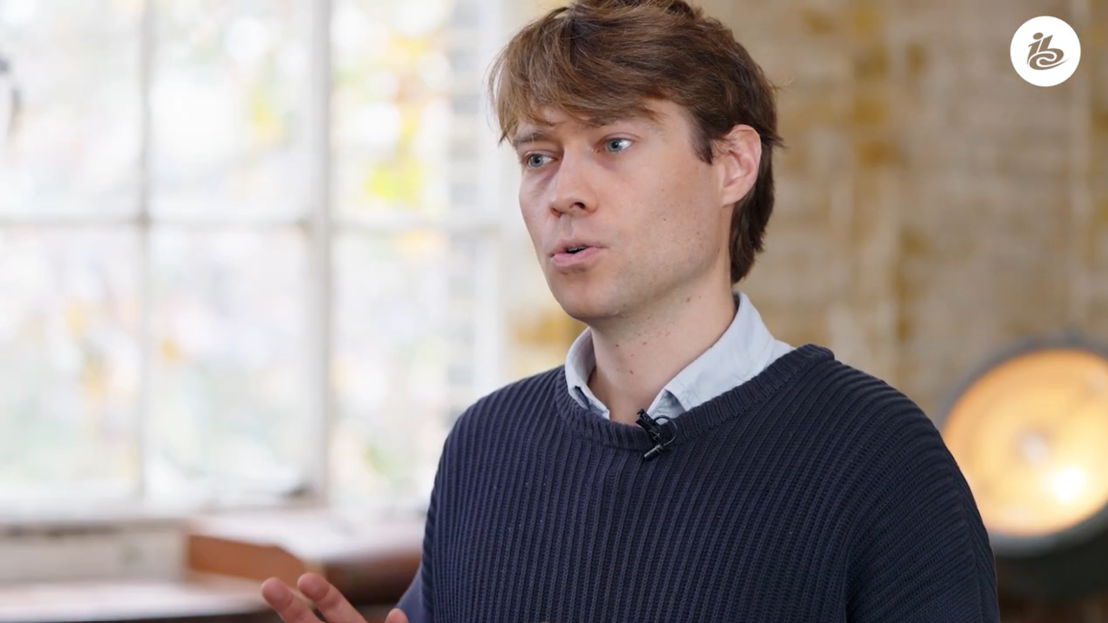Olympic Channel Services created an AI tool to help its editorial team deal with the huge deluge of live content, supporting creative decisions rather than reducing headcount. John Maxwell Hobbs reports.
The Olympics has long embraced technological innovation that enhances the viewing experience and improves content creation. While concerns have emerged about how AI might disrupt industries, Olympic Channel Services (OCS) moved to leverage the technology, creating a human-centric Editorial Co-Pilot, designed to enhance human creativity rather than replace it.
The tool was created to address the specific needs of content creators covering a massive, fast-paced event like the Olympics. Unlike many AI applications that seek to automate entire processes, the Co-Pilot focuses on supporting human judgment and creativity...
You are not signed in.
Only registered users can view this article.
 (1).jpg)
Broadcasting in 2024: Spotlight falls on production and platforms
Over the past decade, media companies had a strong focus on the way programmes were viewed – we’ve seen HD, 3D, 4k, 8k, HDR, VR, and AR presented as the next big thing. In 2024, things shifted. John-Maxwell Hobbs digs into production and delivery practices, cloud, AI and sustainability trends of the past 12 months.
.jpg)
Highlight of the year: Olympic Gold for 5G as adoption gathers pace
The Paris 2024 Olympics marked a significant milestone in the effectiveness of 5G technologies for live broadcast, with Neutral Wireless and the BBC leading the charge.

Content Everywhere: a look back at 2024
As the year draws to a close, it seems an opportune time to ask Content Everywhere companies for their views on the top trends in 2024. As always, key industry players have been keen to respond with comments and views on how the past year shaped up both for them and the wider industry.

AI and the evolution of MAM: Part three – future outlook
In the final part of our investigation into MAM’s current and future relationship with AI, James McKeown analyses where the technology is likely to take asset management capabilities next, and the other factors driving the evolution of the space.

RSIFF: Kingdom underlines ambitions to become filmmaking powerhouse
Saudi Arabia's cinema market is experiencing a cultural renaissance, driven by increasing local productions and a growing appetite for diverse storytelling, reports Adrian Pennington from the Red Sea International Film Festival.




